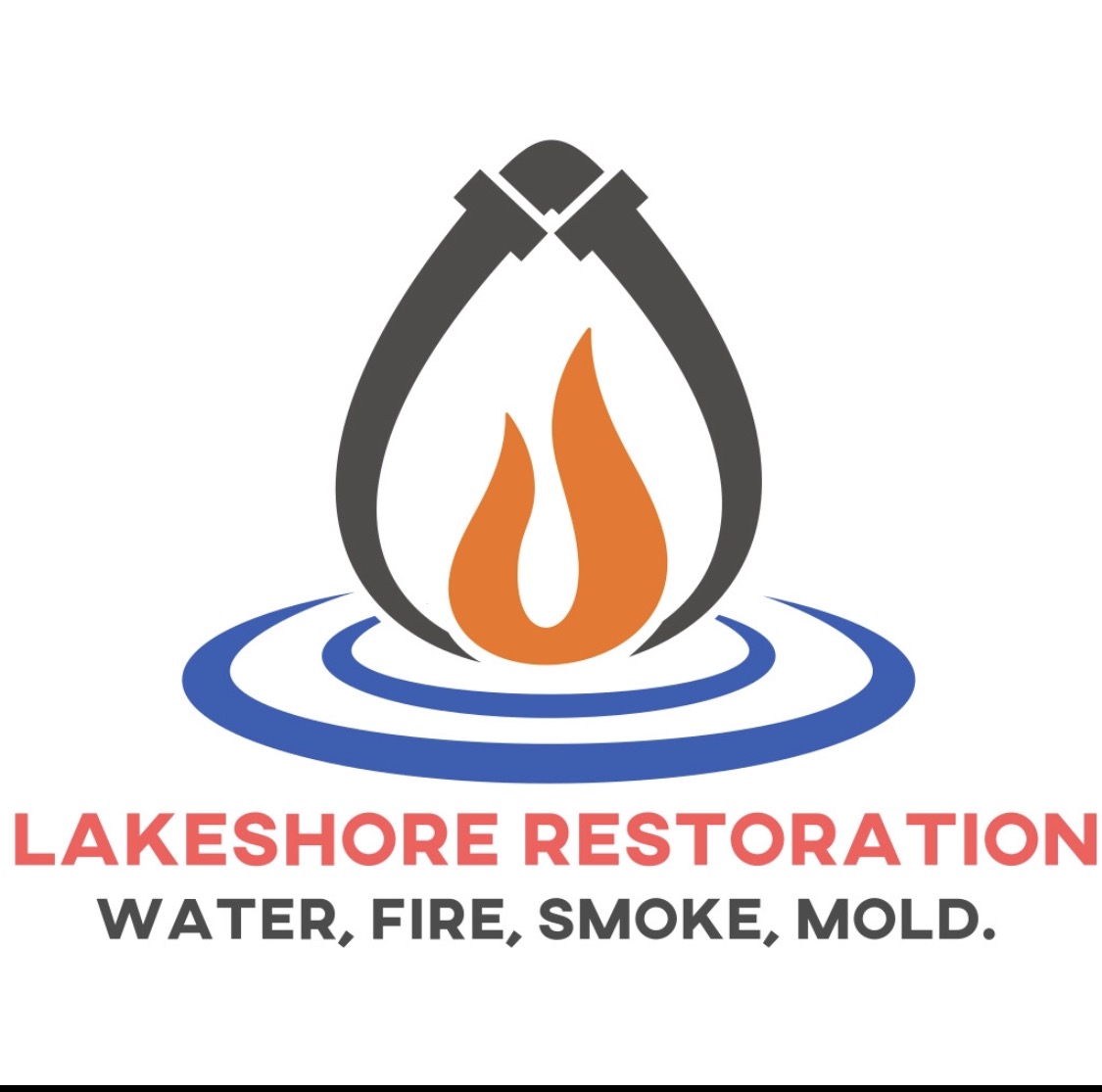A Step-By-Step Guide to Water Damage Cleanup
- Lakeshore Restoration LLC

- Oct 16
- 4 min read
Updated: Nov 21
Water damage can strike unexpectedly, leaving your home or business vulnerable to structural issues, mold growth, and costly repairs. Knowing how to respond quickly and effectively is crucial to minimizing damage and restoring your property. This guide will walk you through the essential steps of water damage repair, providing practical advice to help you manage the situation with confidence.
Understanding Water Damage Repair: What You Need to Know
Water damage repair involves more than just drying out wet areas. It requires a thorough assessment, removal of damaged materials, and restoration to prevent long-term problems. The first step is identifying the source of the water intrusion. Common causes include burst pipes, roof leaks, flooding, or appliance malfunctions.
Once the source is controlled, the next phase is to evaluate the extent of the damage. This includes checking walls, floors, ceilings, and personal belongings. Water can seep into hidden spaces, so it’s important to inspect behind drywall, under carpets, and inside cabinets.
Professional water damage repair often involves specialized equipment such as moisture meters, dehumidifiers, and air movers. These tools help ensure that all moisture is removed, reducing the risk of mold and structural decay.
Essential Steps for Effective Water Damage Repair
Taking immediate action is key to successful water damage repair. Here’s a step-by-step process to guide you through:
Ensure Safety First
Before entering a water-damaged area, turn off electricity to avoid electrical hazards. Wear protective gear like gloves and boots to prevent exposure to contaminated water.
Stop the Water Source
Identify and stop the source of water. This might mean shutting off the main water valve or fixing a leaking pipe.
Remove Standing Water
Use pumps, wet vacuums, or mops to remove as much water as possible. The quicker you remove standing water, the less damage will occur.
Dry and Dehumidify
Set up fans and dehumidifiers to dry out the affected areas. Open windows if weather permits to increase ventilation.
Remove Damaged Materials
Discard soaked carpets, drywall, insulation, and furniture that cannot be salvaged. These materials can harbor mold and bacteria.
Clean and Disinfect
Clean all surfaces with appropriate disinfectants to kill germs and prevent mold growth.
Repair and Restore
Replace damaged materials and restore the area to its original condition. This may include repainting walls, installing new flooring, or repairing structural elements.
Following these steps carefully will help you manage the repair process efficiently and reduce the risk of future problems.
How much does it cost to clean up water damage?
The cost of water damage repair varies widely depending on the severity of the damage, the size of the affected area, and the materials involved. Minor repairs, such as drying out a small area and replacing carpet padding, might cost a few hundred dollars. More extensive damage involving structural repairs, mold remediation, and replacement of drywall or flooring can run into thousands of dollars.
Insurance coverage often plays a role in managing these costs. Homeowners should review their policies to understand what types of water damage are covered. It’s also important to act quickly, as delays can increase repair costs due to mold growth and structural deterioration.
Professional restoration companies provide detailed estimates after assessing the damage. They can also offer advice on the most cost-effective repair options.
Tools and Techniques Used in Water Damage Repair
Modern water damage repair relies on a combination of technology and skilled labor. Here are some common tools and techniques used by professionals:
Moisture Meters and Thermal Imaging Cameras
These devices detect hidden moisture behind walls and under floors, ensuring thorough drying.
Air Movers and Dehumidifiers
High-powered fans and dehumidifiers speed up the drying process by circulating air and removing moisture from the environment.
Water Extraction Equipment
Industrial pumps and wet vacuums remove large volumes of standing water quickly.
Antimicrobial Treatments
Specialized chemicals prevent mold and bacterial growth on affected surfaces.
Structural Repairs
This includes replacing drywall, insulation, flooring, and sometimes repairing framing or foundation elements.
Using the right tools and techniques ensures that the repair is effective and long-lasting.
When to Call a Professional for Water Damage Cleanup
While minor water damage can sometimes be handled by homeowners, many situations require professional intervention. You should consider calling a restoration expert if:
The water damage covers a large area (more than 10 square feet)
The water is contaminated (from sewage or floodwater)
There is visible mold growth
Structural elements like beams or floors are compromised
You experience persistent odors or health symptoms after cleanup
Professionals have the experience, equipment, and knowledge to handle complex water damage repair safely and effectively. They can also assist with insurance claims and provide documentation of the damage and repairs.
For reliable and thorough water damage cleanup, partnering with a trusted restoration company is often the best choice.
Protecting Your Property from Future Water Damage
After completing repairs, it’s important to take steps to prevent future water damage. Here are some practical tips:
Regularly Inspect Plumbing
Check pipes, faucets, and appliances for leaks and repair them promptly.
Maintain Gutters and Downspouts
Ensure water flows away from your foundation to prevent basement flooding.
Install a Sump Pump
This device helps remove water from basements or crawl spaces during heavy rains.
Seal Cracks and Openings
Use caulk or weatherstripping to seal gaps around windows, doors, and foundations.
Monitor Humidity Levels
Use dehumidifiers in damp areas to keep moisture under control.
By staying proactive, you can reduce the risk of costly water damage and maintain a safe, healthy environment.
Water damage repair is a critical process that requires prompt action and careful attention to detail. Whether you’re dealing with a small leak or a major flood, understanding the steps involved can help you protect your property and restore it effectively. Remember, when in doubt, professional help is just a call away to ensure the job is done right.



Comments